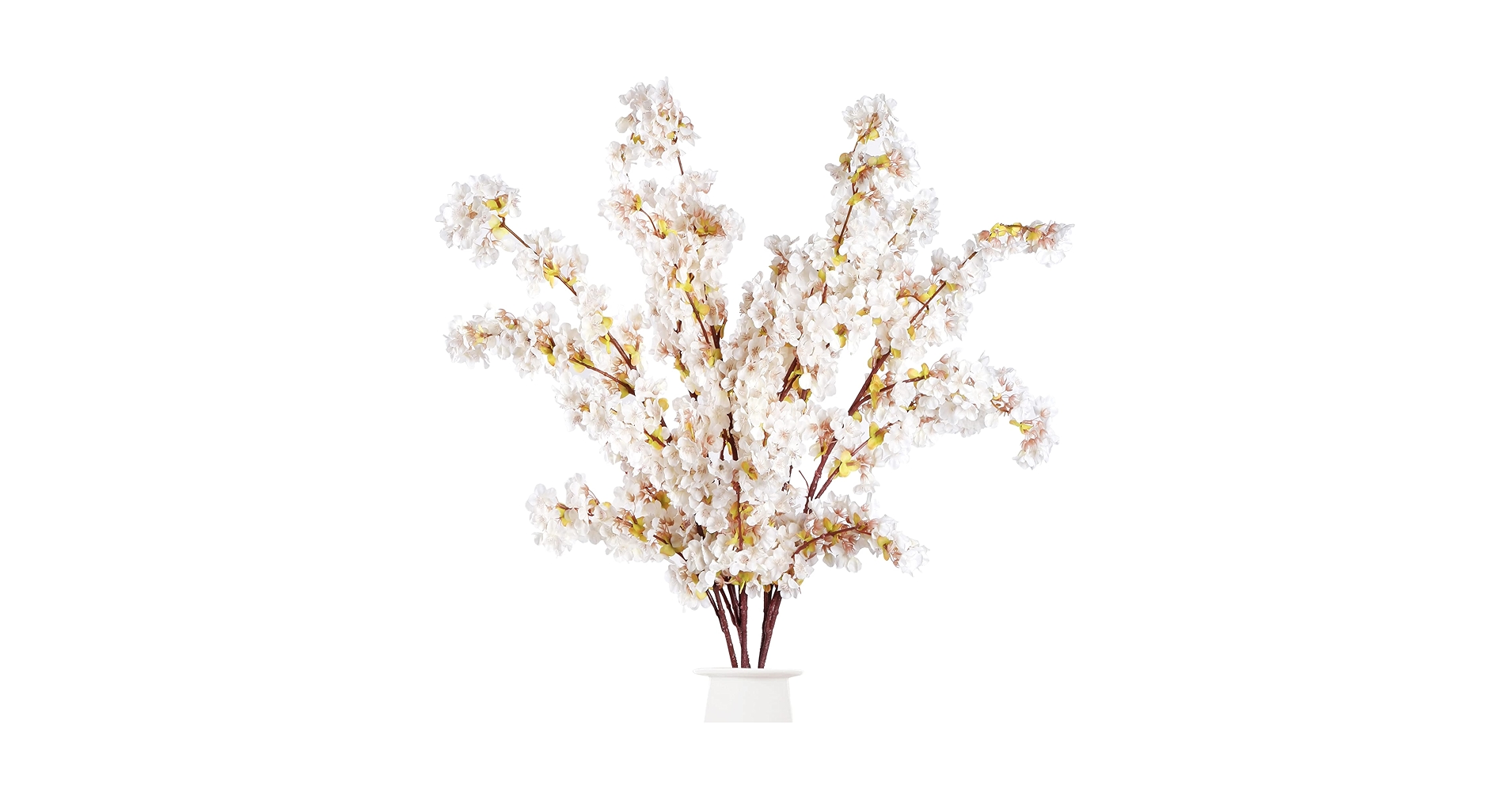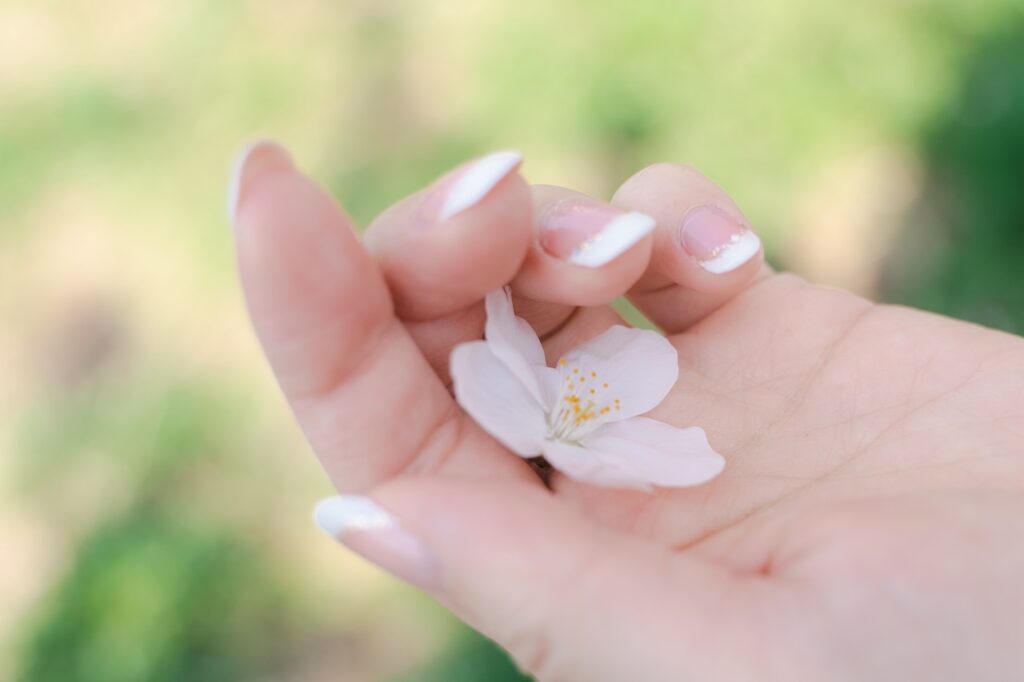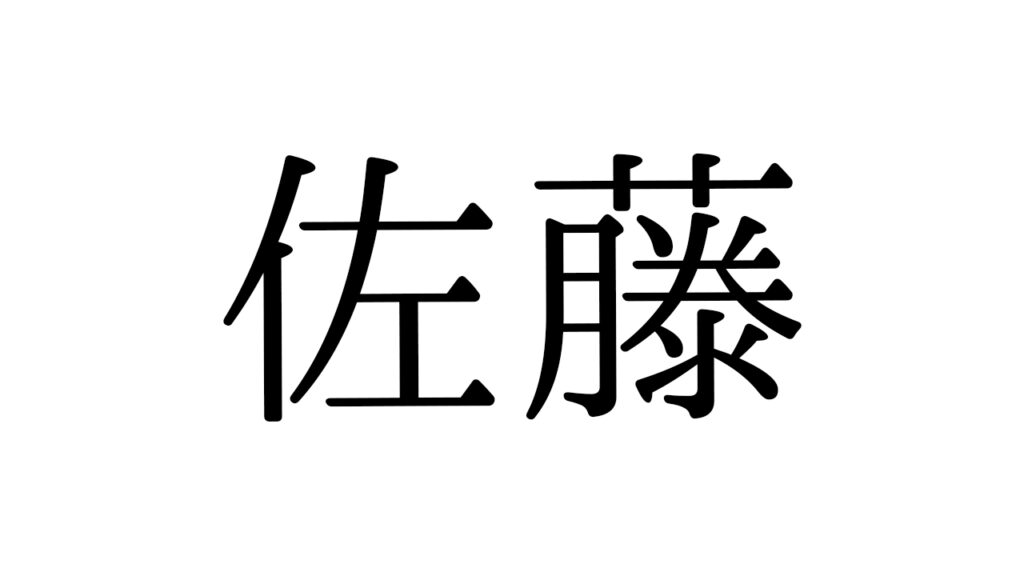Cherry blossoms, or sakura, are one of Japan’s most cherished symbols of spring, captivating people around the world with their delicate beauty. Yet, their time of full glory is remarkably brief. Have you ever wondered why cherry blossoms fall so quickly? In this article, we’ll explore the science behind their ephemeral nature and compare the blooming and falling periods of four beloved varieties: Somei Yoshino, Yaezakura, Shidarezakura, and Kawazu-zakura.
The Science Behind Falling Petals
The secret to the quick fall of cherry blossom petals lies in a biological feature called the abscission layer. This special layer of cells forms where the flower’s petal connects to the stem. After the blossom opens, the cells in this layer gradually weaken the bond. As a result, even a light breeze or gentle rain can easily detach the petals, causing them to flutter to the ground. This mechanism is common across various types of cherry blossoms.
How Long Do Cherry Blossoms Last?
The lifespan from blooming to falling varies depending on the variety and weather conditions. Here’s a closer look at the characteristics and timelines for Somei Yoshino, Yaezakura, Shidarezakura, and Kawazu-zakura.
Somei Yoshino
- Blooming Period: Early to mid-April
- Time to Full Bloom: About 1 week
- Time to Start Falling: About 1 week after full bloom
- Time to Finish Falling: Another 1 week
- Total Period: About 3 weeks
The most iconic cherry blossom in Japan, Somei Yoshino is known for its dramatic and synchronized blooming.
Yaezakura
- Blooming Period: Mid to late April
- Time to Full Bloom: Around 10 days
- Time to Start Falling: About 1 week after full bloom
- Time to Finish Falling: Another 1 week
- Total Period: About 4 weeks
Yaezakura features multiple layers of petals, giving it a lush, full appearance.
Shidarezakura
- Blooming Period: Late March to early April
- Time to Full Bloom: Around 10 days
- Time to Start Falling: About 1 week after full bloom
- Time to Finish Falling: Another 1 week
- Total Period: About 4 weeks
Famous for their elegant, weeping branches, Shidarezakura offer a dramatic, cascading bloom.
Kawazu-zakura
- Blooming Period: Late February to early March
- Time to Full Bloom: About 2 weeks
- Time to Start Falling: About 1 week after full bloom
- Time to Finish Falling: Another 1 week
- Total Period: About 4 weeks
Known for their early and long-lasting blooms, Kawazu-zakura signal the earliest arrival of cherry blossom season.
Why Such a Short Blooming Period?
The brief blooming period is actually a clever survival strategy. Cherry trees flower in early spring—a time when competition among plants is fierce. By blooming and releasing pollen rapidly, they maximize their chances of successful reproduction before other plants fully awaken. After the blossoms fall, the trees shift resources to developing fruit, ensuring the next generation’s survival.
The Human Connection: A Symbol of Impermanence
In Japanese culture, the fleeting life of cherry blossoms symbolizes the transience of life itself. The tradition of hanami (cherry blossom viewing) invites people to savor the beauty of the moment, fully aware of its impermanence. The sight of fallen petals blanketing the earth evokes mono no aware—the bittersweet realization of life’s fleeting nature—a feeling that resonates deeply across all cherry blossom varieties.
Conclusion
The quick fall of cherry blossoms is rooted in biological necessity and natural survival strategies. Whether you’re admiring the soft petals of Somei Yoshino, the rich blooms of Yaezakura, the cascading beauty of Shidarezakura, or the early blossoms of Kawazu-zakura, their brief appearance reminds us to treasure life’s fleeting moments. Next time you find yourself under a canopy of sakura, take a moment to appreciate not just their beauty, but the profound story they tell.



